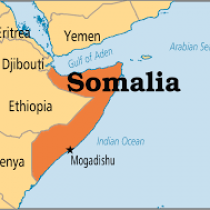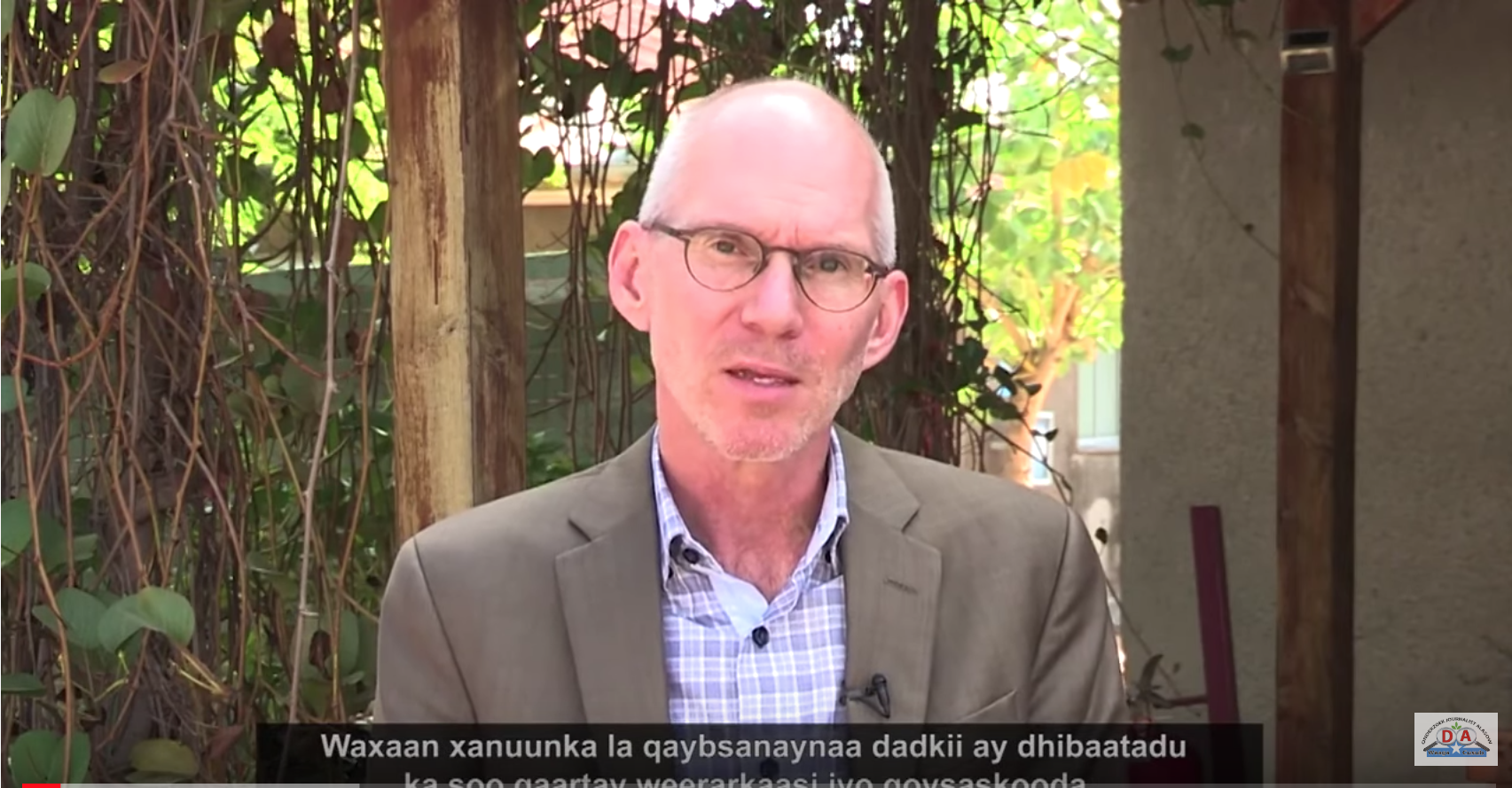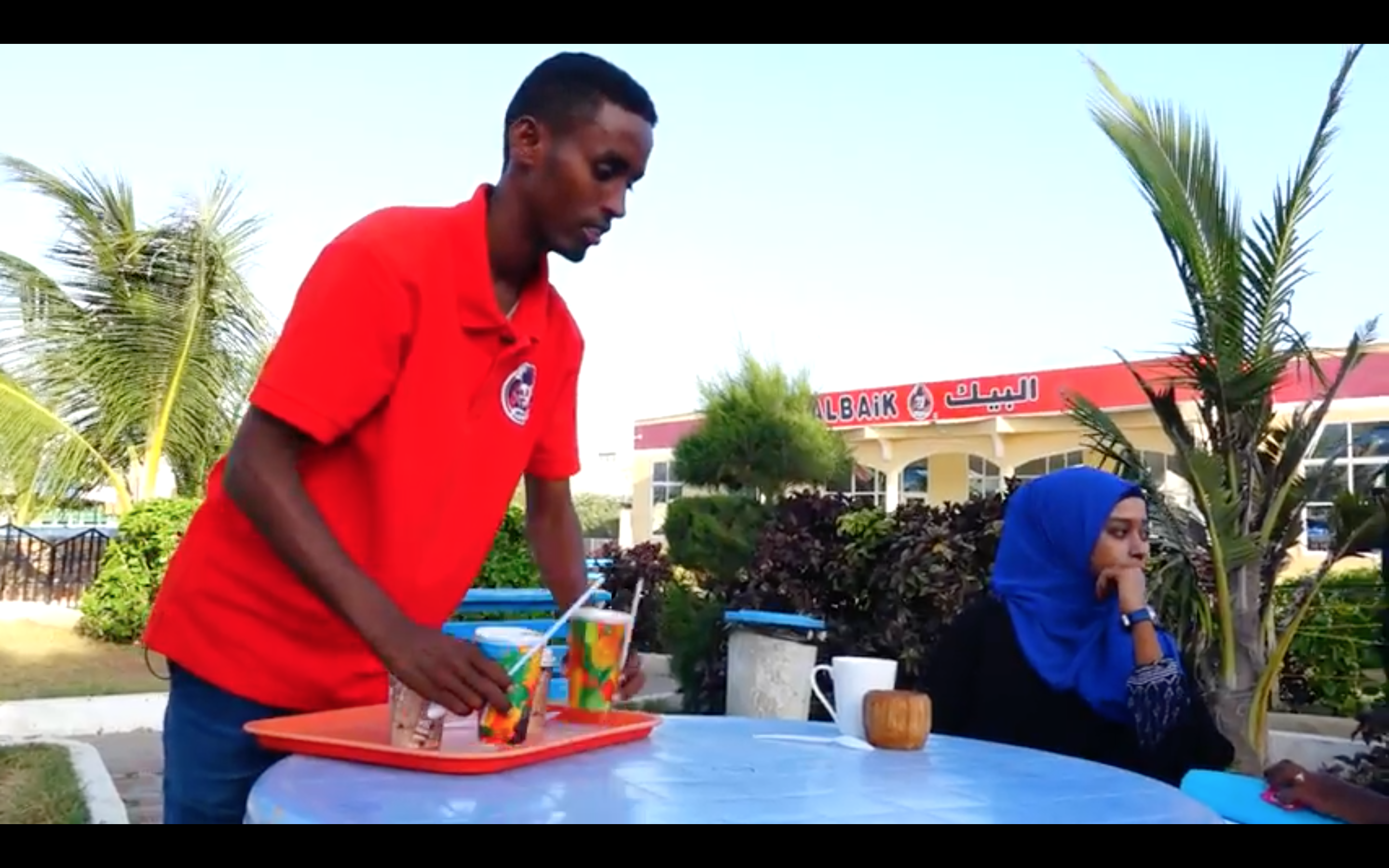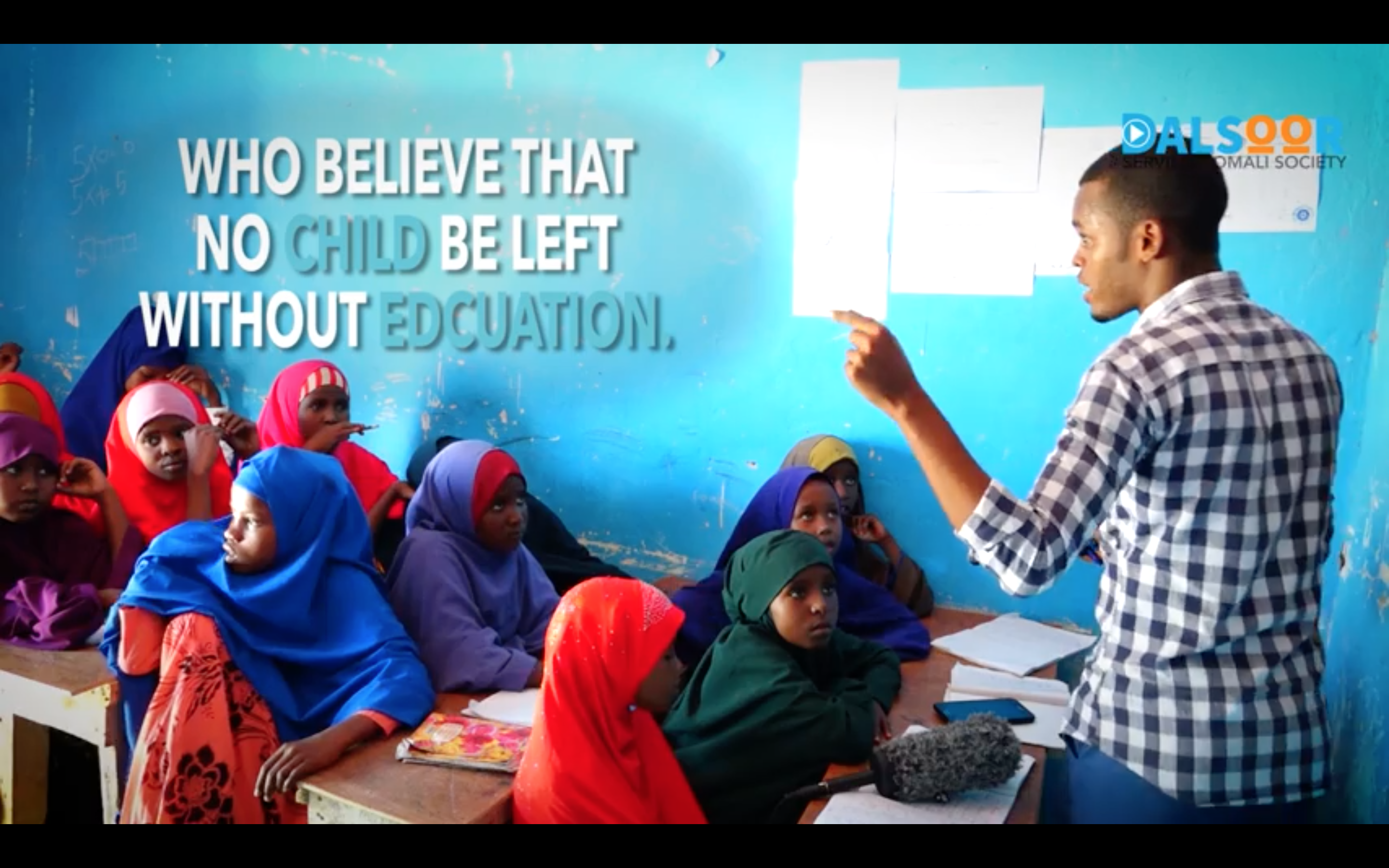
News Scan for Oct 26, 2017
Analysis of H7N9 strains finds changes that could increase human threat
Genetic analysis of H7N9 viruses obtained from Chinese poultry from 2013 to 2017 identified new mutations that make the virus more lethal in chickens and may pose a greater threat to human health, based on virulence and transmissibility tests in animal models. Researchers from China reported their findings Oct 24 in Cell Research.
To monitor evolution of the virus, the scientists collected 112,593 samples from poultry markets, farms, wild bird environments, and slaughterhouses in 24 provinces from July 2013 to January 2017. They isolated 3,664 viruses from the samples, and their analysis identified 293 strains across 17 provinces. H7N9 viruses fell into 23 different genotypes, 7 of which were found only in ducks and were distinct from the others.
Only six viruses were isolated from samples from chicken farms in four provinces—all others were from live-poultry market samples.
When the investigators conducted infection experiments in mice and ferrets with the different viruses, they found that the earlier strains weren't lethal in the animals, but when the virus replicated in ferrets, it readily obtained mutations that made H7N9 more deadly in the animals and more transmissible among ferrets by respiratory droplets.
The researchers said the mutations have already been detected in humans in China, and with the threat to poultry and humans, the findings underscore the need for control steps to curb the spread of the virus. They also noted that, during the study period, the highly pathogenic H7N9 virus spread from Guangdong province to other provinces, triggering large outbreaks and new response efforts.
The authors warned that culling alone will not solve the problem, because the widely circulating low-pathogenic virus can mutate to a highly pathogenic form at any time. "Therefore, given the damage the H7N9 lethal virus will cause to poultry and the high risk it poses to human health, control and eradication of both the low and highly pathogenic H7N9 viruses should be the highest priority for animal disease control authorities in China," they wrote.
Oct 24 Cell Res abstract
Interim results from Australia put flu vaccine effectiveness at 33%
An interim estimate of seasonal flu vaccine effectiveness from Australia found moderate protection against 2009 H1N1 and influenza B, but very low protection against the H3N2 strain. Researchers, basing their findings on two outpatient clinic surveillance networks and information through much of September, reported their findings today in Eurosurveillance.
Australia's flu season, still under way, has been marked by a record number of lab-confirmed flu cases and high numbers of clinic visits, severe illnesses, institutional outbreaks, and deaths, with New South Wales state especially hard hit, the team wrote. H3N2 has been the dominant strain.
Overall vaccine effectiveness (VE) was low at 33% (95% confidence interval [CI], 17% to 46%). Against 2009 H1N1, VE was 50% (95% CI, 8% to 74%), but for H3N2 it was a statistically insignificant 10% (95% CI, -16 to 31%). The level for influenza B was 57% (95% CI, 41% to 69%).
For H3N2, VE was lowest in older people and those vaccinated in the current and prior seasons, a pattern the authors didn't see for influenza B, for which vaccine virus composition was also the same as the previous season.
The researchers said their findings point to ongoing problems with H3N2 candidate vaccine viruses grown in eggs, which acquire adaptive changes during the process that alter antigenicity. Cell-based vaccines, not as affected by the changes, were not available in Australia this year. They also said that significant genetic diversity in circulating viruses makes it hard to select candidate vaccine viruses with high coverage.
They warned that if H3N2 viruses dominate the Northern Hemisphere's flu season, the seasonal flu vaccine may not provide much protection.
Oct 26 Eurosurveill report
Somalia steps up measles outbreak response as global measles deaths fall
Somalia is experiencing its worst measles outbreak in 4 years, with nearly 19,000 cases reported so far and prefamine conditions, population displacement, and nutrition and hygiene problems contributing to the spread of the disease, the World Health Organization Eastern Mediterranean regional office (WHO EMRO) said in a statement yesterday.
More than 80% of the illnesses involve children, and minimum routine vaccination coverage in Somalia is 60%, well below the 95% target.
The WHO and Somali health officials recently took steps to beef up outbreak detection and response capacity ahead of a nationwide measles vaccination campaign set for November that will target 4.2 million children. A campaign earlier this year reached 600,000 children in hard-to-reach and hot spot areas.
Oct 25 WHO EMRO statement
In related developments, measles deaths last year dropped to an estimated 90,000, the first time the level has declined below the 100,000 mark, according to global health groups, who detailed their findings today in the latest edition of Morbidity and Mortality Weekly Report (MMWR).
Deaths in 2016 reflect an 84% drop from 550,000 measles fatalities reported in 2000, according to the report from the Measles and Rubella Initiative, a partnership that includes the American Red Cross, the US Centers for Disease Control and Prevention (CDC), the United Nations Foundation, UNICEF, and the WHO.
The group estimates that since 2000, 5.5 billion doses of measles-containing vaccine have been given to children through routine immunization or mass campaigns, saving 20.4 million lives. They said, however, that the world is still a long way from reaching measles elimination goals. Coverage with the first of two required doses has stalled at 85%, still below the goal of 95%.
According to the report, more than half of the undervaccinated children are from six countries: Nigeria, India, Pakistan, Indonesia, Ethiopia, and Democratic Republic of the Congo. Global health groups worry that progress with measles elimination could reverse when routine immunization services in place for polio scale back after the elimination goal is reached for that disease.
Seth Berkley, MD, chief executive officer of Gavi, the Vaccine Alliance, said in the WHO statement that the drop in measles deaths is remarkable, "However we cannot afford to be complacent. Too many children are still missing out on lifesaving vaccines. To reach these children and set ourselves on a realistic road to measles elimination we need to dramatically improve routine immunization backed by strong health systems."
Oct 26 WHO statement
Oct 27 MMWR report
Leptospirosis reported in aftermath of Louisiana, Puerto Rico flooding
About a month after extensive flooding in south-central Louisiana in the middle of August, the state's public health department received reports of two leptospirosis cases, both in patients with severe infections who recovered after treatment, state and CDC health officials reported today in MMWR.
The disease is spread when people have contact with or drink water contaminated with animal urine or feces; without treatment, serious complications can include kidney damage, meningitis, liver failure, or respiratory distress.
Investigation revealed that both people had been exposed to floodwater before they got sick. The infections reflected a marked increase in cases for the patients' parishes, which had reported only three cases over the last 28 years.
To see if there were any other possible leptospirosis cases, health officials searched Louisiana's statewide electronic surveillance system for patients hospitalized in the flood region who had symptoms or diagnoses consistent with the disease.
The researchers reviewed medical records of 69 patients flagged by the system, and they interviewed 13 of 18 who met the case definition. Four had earlier contact with floodwater and submitted blood and urine samples. Tests were negative for all of the patients identified in the surveillance system, leaving only the two initial people as confirmed cases.
Though no other cases were reported after the state's flooding, the authors said Leptospira is endemic in Louisiana wildlife, and a high index of suspicion is needed when patients with suspected symptoms have had contact with untreated water, especially during flooding.
Oct 27 MMWR report
In Puerto Rico, meanwhile, in the wake of Hurricane Maria, the number of leptospirosis cases has risen to 76 cases, with at least 2 deaths, according to an Oct 24 CNN report that cited Carmen Deseda, MD, the territory's state epidemiologist. Tests are pending for other fatal cases, and 1 patient with a confirmed infection is hospitalized. The total is up from 10 cases reported in the middle of October.
Oct 26 CNN report
Leave a comment
| Copyright © 2009 - 2024 Sunatimes News Agency All Rights Reserved. |
| Home | About Us | Diinta | Reports | Latest News | Featured Items | Articles | Suna Radio | Suna TV | Contact Us |
 0
0 









News Scan for Oct 26, 2017
H7N9 mutations; Flu vaccine effectiveness in Australia; Measles in Somalia, globally; Flood-linked leptospirosis